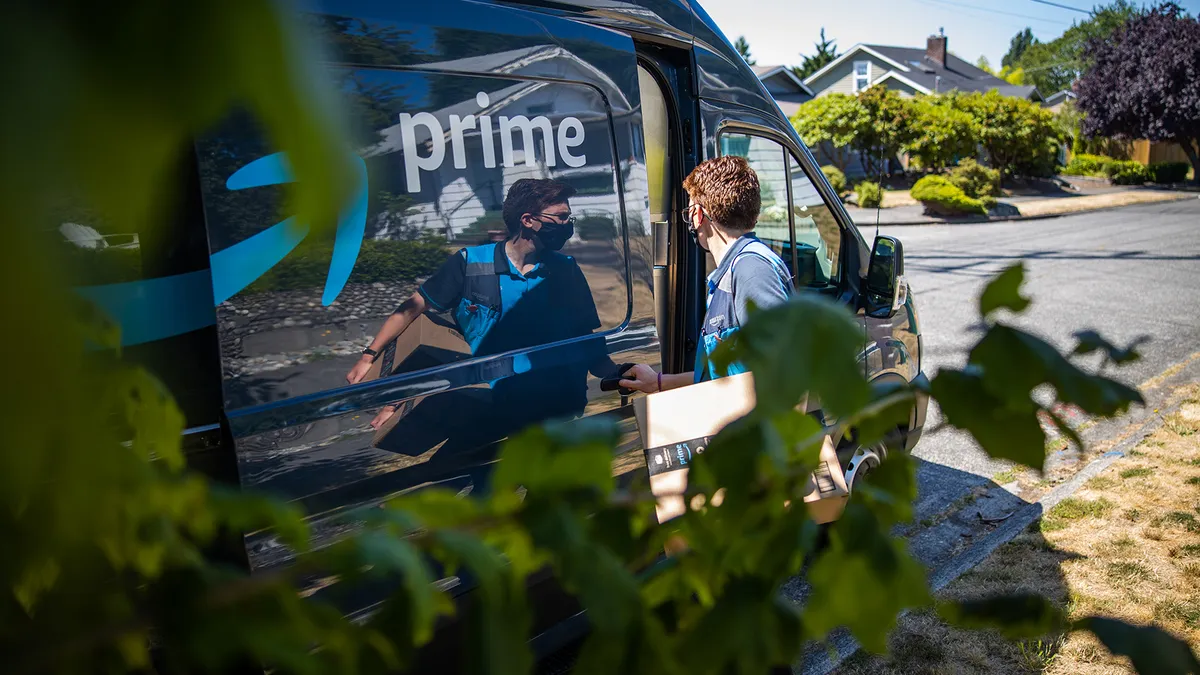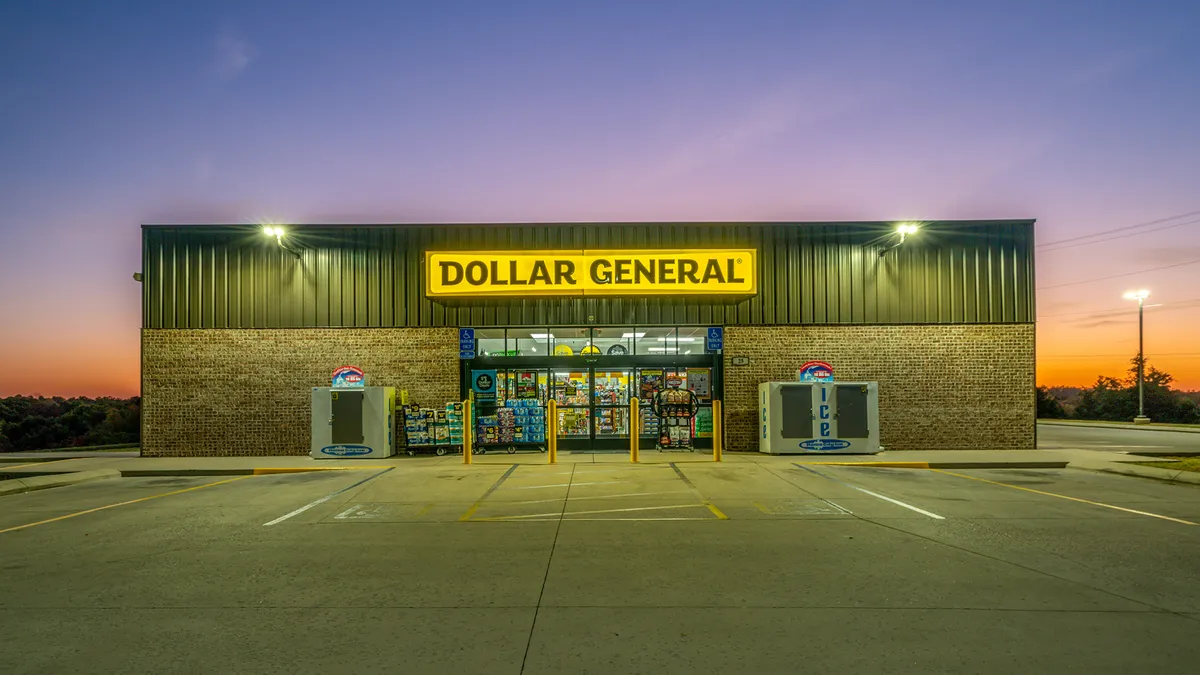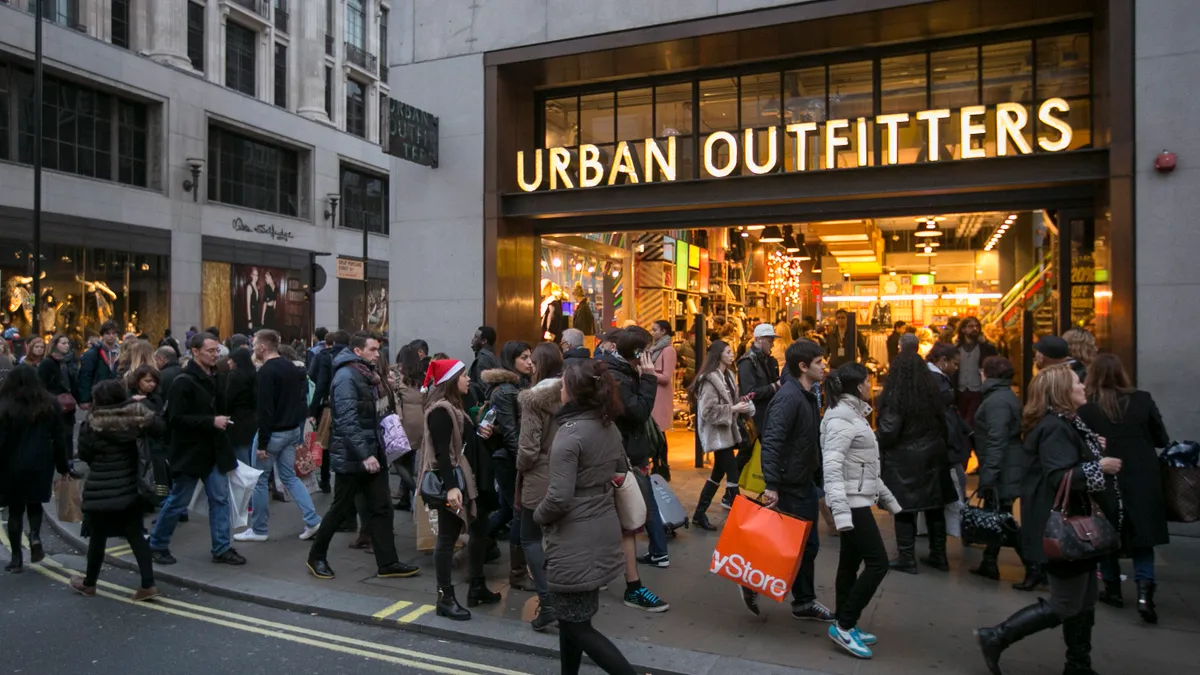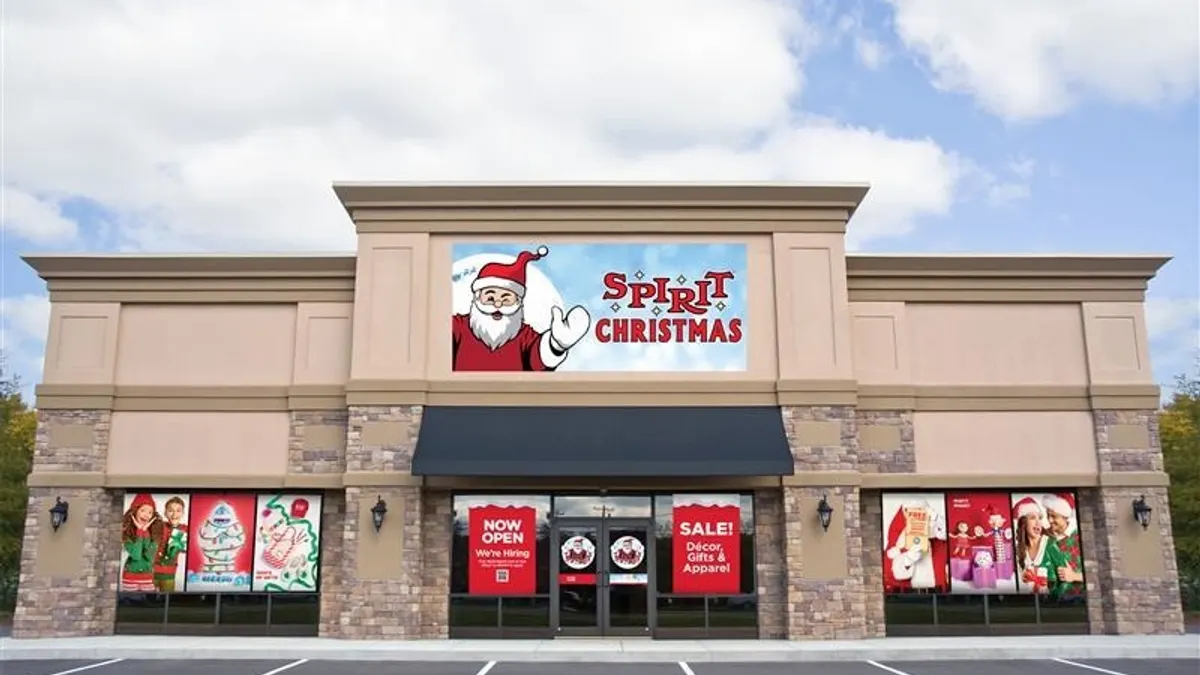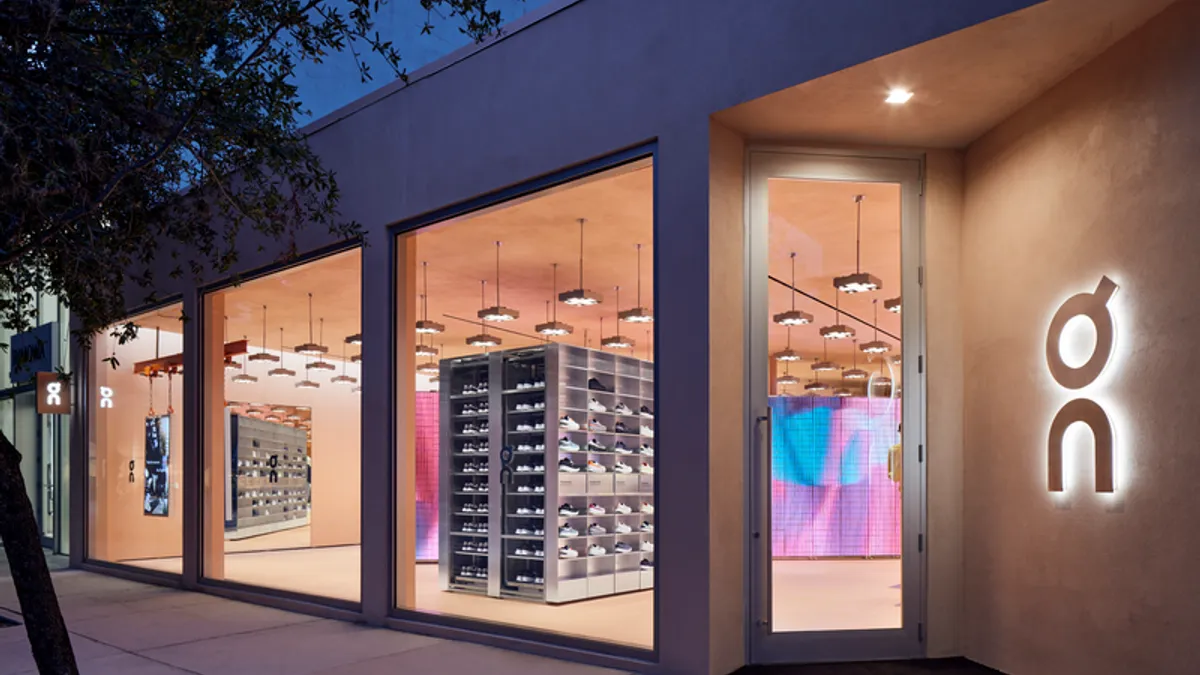Amazon's relatively new advertising business has "high potential" similar to its AWS cloud business, CEO Andy Jassy said in a Thursday letter to shareholders.
It's a notable statement considering that Jassy led AWS for two decades before taking the company's reins from Jeff Bezos two years ago, and is widely considered to be responsible for turning the cloud services business into the company's profit center. At the same time, the company faces an ongoing challenge in addressing the rising cost of getting products from the retailer to the customer.
In the early weeks of the pandemic, when many stores chose to or were forced to close, Jassy said annual revenue for Amazon’s consumer business grew from $245 billion in 2019 to $434 billion in 2022.
In response he said, the company doubled its fulfillment center footprint, which it had built over 25 years. It accelerated the development of its last-mile transportation and sortation center networks in about two years. He said, those networks assisted with efficiency and speed when items need to travel long distances.
“This was no easy feat, and hundreds of thousands of Amazonians worked very hard to make this happen,” Jassy said in the letter. “However, not surprisingly, with that rate and scale of change, there was a lot of optimization needed to yield the intended productivity.”
But Amazon lost money in Q4. It’s also laid off tens of thousands of employees, many in the retail sector of its business. And just this week, the retailer said it began charging some customers for select returns made to The UPS Store locations.
Since the height of the pandemic, Prime delivery, one of Amazon’s signature services, slowed down significantly. Over the last several months, Jassy said the company has examined every process in its fulfillment centers and transportation network. Changes have enabled productivity gains and cost reductions.
One change, according to Jassy is a pivot from a national to a more regional fulfillment network. Amazon now has eight interconnected regions that are able to operate self-sufficiently while still supporting national shipping as needed.
Amazon is continuing to improve its machine learning algorithms which enable the company “to better predict what customers in various parts of the country will need so that we have the right inventory in the right regions at the right time,” Jassy said. “We’ve recently completed this regional rollout and like the early results.”
“Shorter travel distances mean lower cost to serve, less impact on the environment, and customers getting their orders faster,” Jassy continued. “On the latter, we’re excited about seeing more next-day and same-day deliveries, and we’re on track to have our fastest Prime delivery speeds ever in 2023. Overall, we remain confident about our plans to lower costs, reduce delivery times, and build a meaningfully larger retail business with healthy operating margins.”
Prime membership is plateauing in the U.S., and satisfaction with it is sliding, with its emphasis on advertising potentially making that worse some analysts say. Prime membership currently costs $139 per year; students get a discounted $69 annual rate. Some observers say the company may need to boost that earlier than planned.
Amazon says Prime members have options for free same-day delivery in select locations; free one-day delivery nationwide on 20 million items with no minimum purchase; and free same-day delivery from local retail stores in select markets. Delivery costs and rates may vary depending on an item’s size and weight.
Buy with Prime, which allows third-party brands and sellers to offer their products on their websites to Amazon Prime members, has increased shopper conversion on third-party sites by 25% on average, Jassy said.
Jassy also discusses the company’s interests in grocery, health, and international expansion and the company’s push for employees to return to working in the office in his 5,000-plus word letter. He closes by noting that 80% of the total market segment share in global retail is still in physical stores. And 90% of global information technology spending flows to on-premises versus cloud services. The company’s AWS subsidiary recorded $80 billion in revenue in 2022.
“As these equations steadily flip—as we’re already seeing happen—we believe our leading customer experiences, relentless invention, customer focus, and hard work will result in significant growth in the coming years,” Jassy said.



